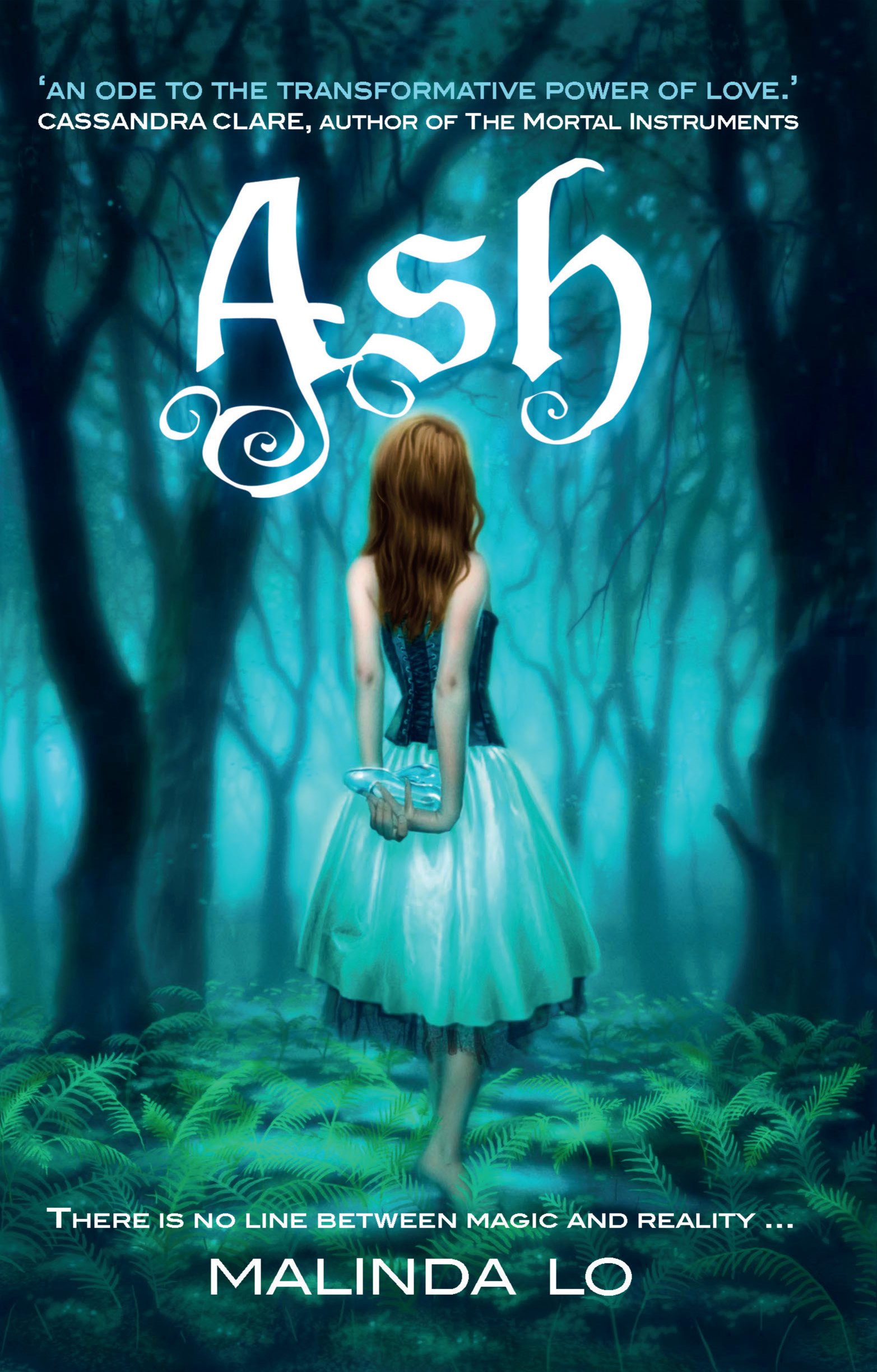Credit to Little, Brown and Company
The retelling of fairytales has never been uncommon, and today’s mainstream productions certainly speak to that fact. Within the last four months alone, there have been two big screen releases founded upon Snow White, a trend of certain precedence. To build a story from a tale with such wide acquaintance offers both risks and pay offs—people may be more likely to choose something with which they already have associations, but struggling to “measure up” to such classic beginnings may prove a difficult task.
This was the task Lo willingly took on in her 2009 young adult novel Ash. It is founded upon the tales of Cinderella with which so many are familiar—complete with cruel stepsisters, an evil stepmother, and a charming prince. Still, the family dynamic is a bit more complicated than the one-dimensional nature of the original tale; Ash considers one of her stepsisters an occasional, almost-friend, and there exists the implication of depth beyond what the Disney version has to provide. Motives exist here often beyond “pure evil.” And in creating a novel in which the protagonist fell in love not with the prince but with another woman, Lo is certainly stepping outside the boundaries previously crafted for the tale.
Most spectacular in this novel is the world-building; Lo may be founding her tale upon Cinderella, but the world she creates is one largely of her own making. She weaves a tale both of magic and of history, and much of the story belongs to Ash’s deceased mother, too, for Ash’s own connection to magic—both a past and future she does not yet understand. The foundation for this world feels very seamless; it never seems to be details thrown arbitrarily together in pursuit of a narrative, but rather an actual, very whole place to exist.
In general, the narrative it creates is interesting, and a very quick read—I found myself invested enough to finish it in a day and a half. Admittedly, for all that was fleshed out in the world, at times the characters felt a bit lacking; so much time was spent elsewhere that some of the characters, particularly Ash’s love interest, Kaisa, felt quite a bit less real than the world within which they existed. The backstory was explored so thoroughly that to some degree I felt a closer kinship to Ash’s mother than to many of the other characters, including Kaisa. I did not find the discrepancy so off-putting that I was inclined to lay down the book, but it did, at times, feel a bit like something was missing in many of the interpersonal character relationships.
Still, it was easy to become invested in Ash’s own struggles, especially as the Cinderella figure at last rising to find her own place in a world that had kept her down so thoroughly. And there was something particularly refreshing about it for her lack of romantic interest in the Prince—it is not the Prince, in the end, who frees her from her abuse; instead, it is a work of her own making, as she struggles to find her own happiness, and not to bear the weight of a life thrust upon her.
If you are not inclined to read spoilers, jump to the next paragraph. It was an especially refreshing change of pace to read an LGBT YA novel that allowed for a happy ending. Nine times out of ten, they end in sadness, in darkness, often without love and sometimes without hope—and nine out of ten is quite a lot, considering the very few lesbian novels that exist at all within the YA genre. This novel provides hope, and happiness, and the possibility for a brighter future—and a girl who had changed her own circumstances.
All in all, it was a very enjoyable read, and a very enjoyable contribution to such a small variety of lesbian literature that exists, particularly in the YA genre. It is reassuring to think that perhaps the creation of a Cinderella figure who can empower herself and fall in love with another woman is only just the beginning.

